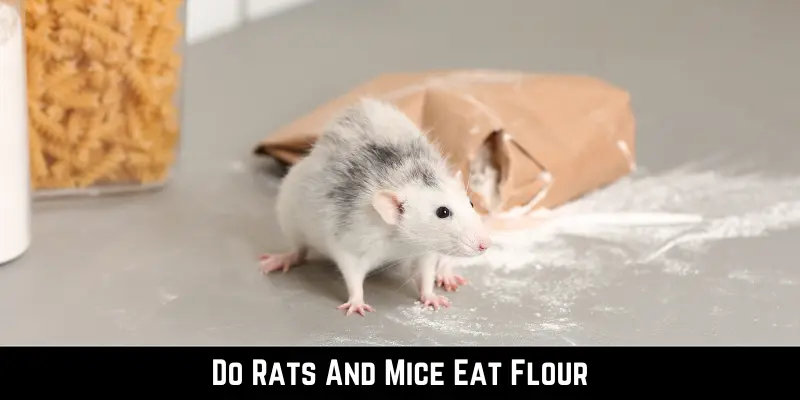Rats and mice are clever. They can get inside your pantry to nibble on all the food you have in store. The worst part is they are tiny. You cannot easily locate them hiding inside the pantry shelves. Flour is the most common food item found in the pantry of almost every house. At this point, you must be thinking, do rats and mice eat flour?
Yes, rats and mice eat flour, your home is the perfect place for rats to nest, as it provides a variety of food. Rats and mice can eat flour and many other food items like canned tuna, dried fruits, rice, cookies, beans, bread, and even chicken, found on the pantry shelves.
Continue reading the article to find more detail on the rats and mice residing in your kitchen.
Can Flour Attract Rats And Mice?
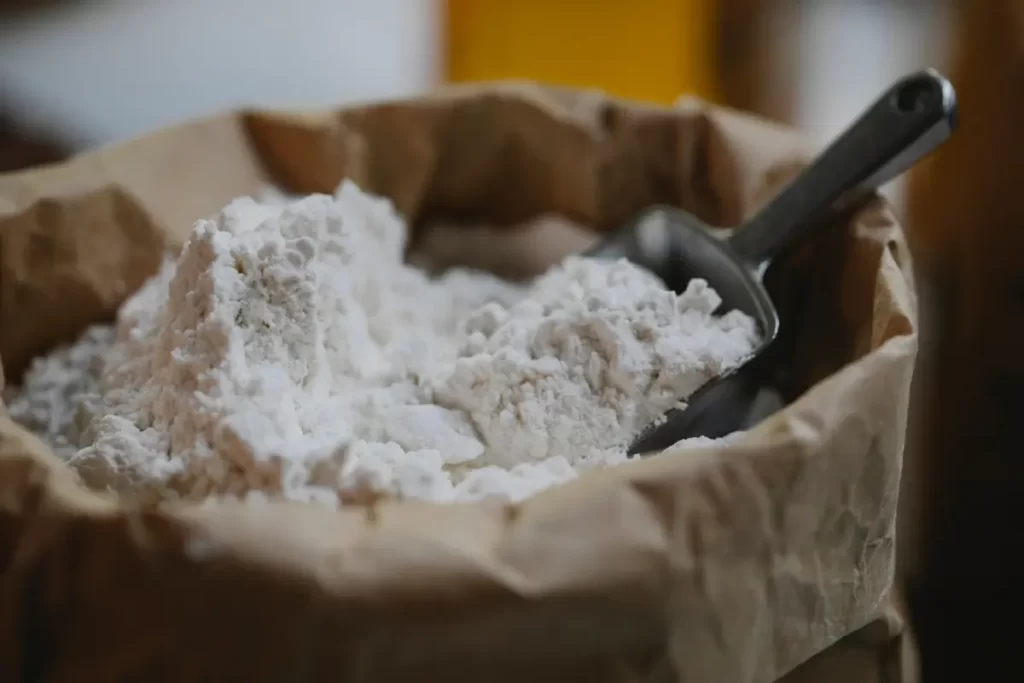
Food in any form attracts rats and mice. Even if it’s freshly prepared dinner, leftovers, food waste, or raw food items like flour, rice, sugar, grains, and seeds.
If you have cardboard boxes or a sack of flour and sugar lying around your house or at work, it will attract rats and mice.
When rats find a perfect place with food and shelter, it builds a nest and makes an entire rat colony. To prevent rats from coming near the pantry and preserving food items, keep them inside air-tight containers.
How Do You Track Mice With Flour?
Finding bite and chew marks on your household appliances and furniture, the culprits can be rats or mice, or any other pest. To confirm and locate it, use flour. Pour some flour over the areas that you think are common visit points of mice.
Repeat this for two or three days. You will eventually find little footprints of the pest and can locate its entrance and exit.
Do Rats And Mice Eat Wheat Flour?
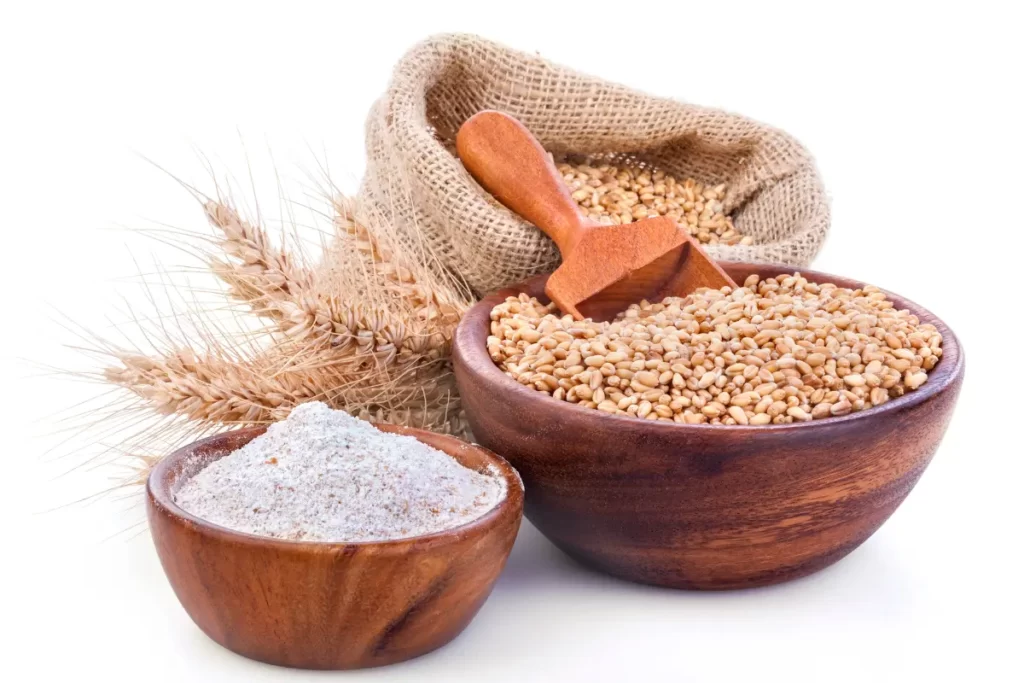
Primarily, yes. Rats and mice can eat any type of flour. They can eat almost everything that humans eat. Plus, they enjoy fresh food more than the stale.
That is why your pantry is food heaven for them, and they probably will never leave it until you figure out methods to get rid of them.
The main diet of rats and mice is flour, rice, and grains. They can eat the flour and grain in raw and processed form, so obviously, they can nibble on your favorite bread or devour the entire cookie box you saved for later.
Will Baking Soda And Flour Kill Rats?
The main constituent of baking soda is sodium bicarbonate. It can kill rats and mice almost immediately after ingestion.
Rats have sensitive olfactory receptors. They will stay away from baking soda until you lure them with something else.
To attract rats and mice to this poison, you will have to mix baking soda with flour and some cocoa powder.
Baking soda produces lots of gas when it enters the stomach, and rats and mice cannot release the gas. It creates internal pressure and leads to death.
Do Rats And Mice Like Flour?
Rats and mice like fresh food; they eat anything that humans eat. That is why your pantry or cupboards with food items are the favorite places for rats and mice. They enjoy flour and grains more than any other food items.
Every kind of flour is their favorite, whether it is wheat flour, gram flour, rice flour, or all-purpose flour.
Rats and mice enjoy eating raw flour, but they will also nibble the items made up of flour like biscuits, bread, sweets, or cakes.
Do Rats And Mice Eat Flour After The Expiration Date?
Just like humans’ rats and mice prefer eating fresh food. Typically, flour is good to eat for eight months. After that, it is considered expired. Rats and mice are filthy eaters.
They can eat anything they find. The fresh food in the kitchen or thrown away leftovers and expired food is also their attraction.
Do Rats And Mice Eat Corn Flour?
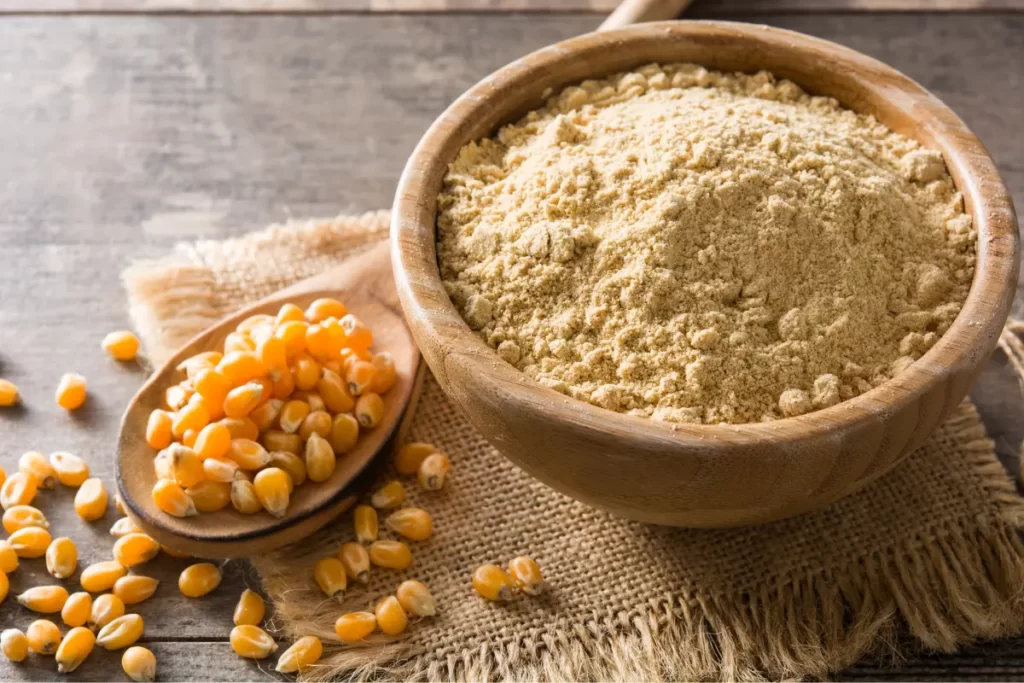
Rats and mice cannot digest corn flour. Starving rats can nibble on rat corn. But in general, they avoid eating corn or the things made from it. Corn flour is one of the ingredients used in poison for killing rats.
If you have a rats infestation, you can use cornflour mixed with another food item as bait to kill the rats and mice.
Do Rats And Mice Eat Gluten-free Flour?

Yes. Rats and mice eat gluten-free flour. To them, it is still flour and edible. Any type of flour or grain is attractive to them, and they devour it within minutes.
Fact is, flour and grain and food items made of these are favorites of rats and mice.
Do Rats And Mice Eat Bread And Cookies?
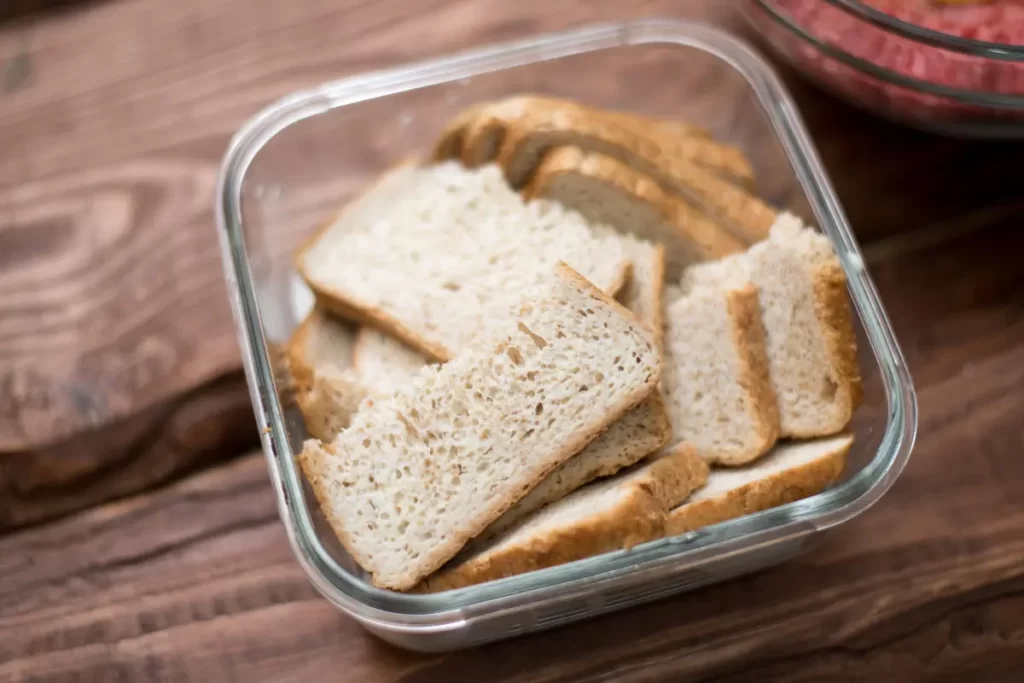
Rats and mice love to eat anything made of flour. A common complaint by people camping is that they find their cookies and bread half-eaten. Often the entire cookie packet is lost.
If your favorite snack is disappearing from your pantry, it is better to look around for the culprit immediately before it causes any more problems.
How Do Keep Rats And Mice Away From Flour?
Rats and mice flourish in the areas with flour and grain stores. It is challenging to handle the rats in places with continuous food sources as they are attracted to the areas with food stores and will build their nests nearby.
Rats not only eat the flour from stores; they will also leave their droppings in it that can contaminate it.
It is discovered that rats will eat almost one kg of flour and can contaminate three kg. It is needless to state that contaminated food sources can lead to medical conditions.
Below are a few tips to get rid of mice and rats from your pantry or flour stores.
Locate The Access
Before moving ahead and using chemicals in your pantry or kitchen, locate the rats and mice entry point.
The initial step must be closing their access to the kitchen. Carefully examine the kitchen interior and exterior. Do not forget to check inside the cupboards and the drainage lines.
Lovre doors and old ventilation systems can be the access points of rats and mice.
Rats are gnawing mammals and can chew through the walls and woods of cupboards and pipes of drainage to get access to food sources. If you find any holes or cracks, seal them immediately.
To close the voids and cracks, use thick hardware mesh cloth and cement. Newly built buildings have less risk of rats and mice infestation than the old.
Keep The Kitchen Clean
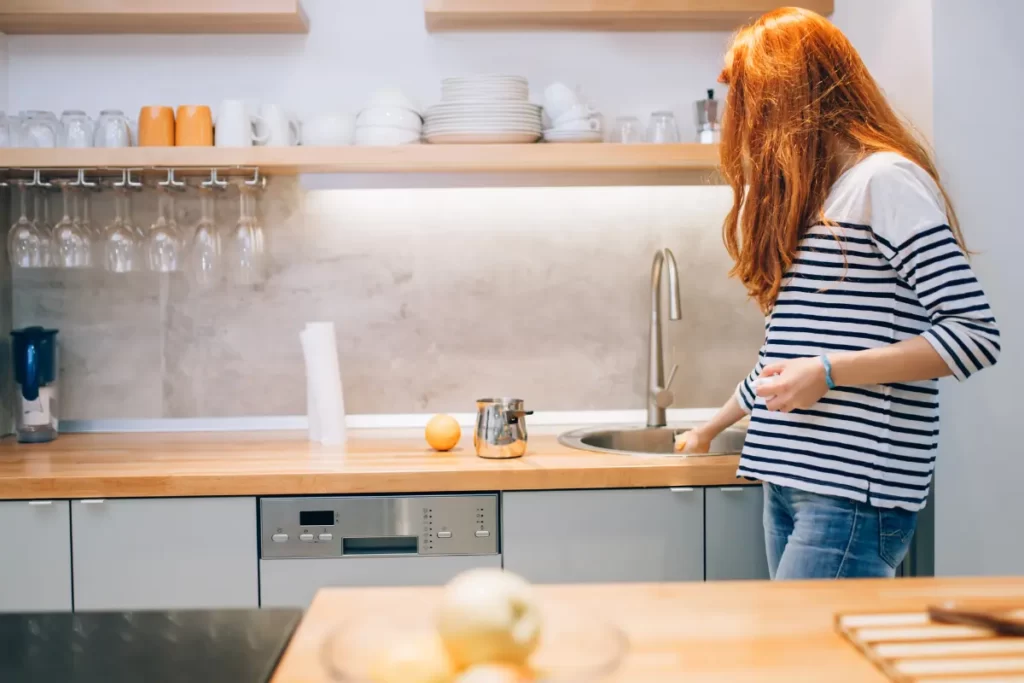
It is necessary to clean the house or work the kitchen to keep the rats and mice out. Wipe the counters or marble slabs with detergent daily.
Use a cleaner to get rid of greases from the stove and sink. Never leave leftovers lying around for days.
Most important clean the pantry and other cupboards at least once a fortnight and throw all the cardboard boxes. Keep all the food items in air-tight containers.
Use A Dustbin With Lids
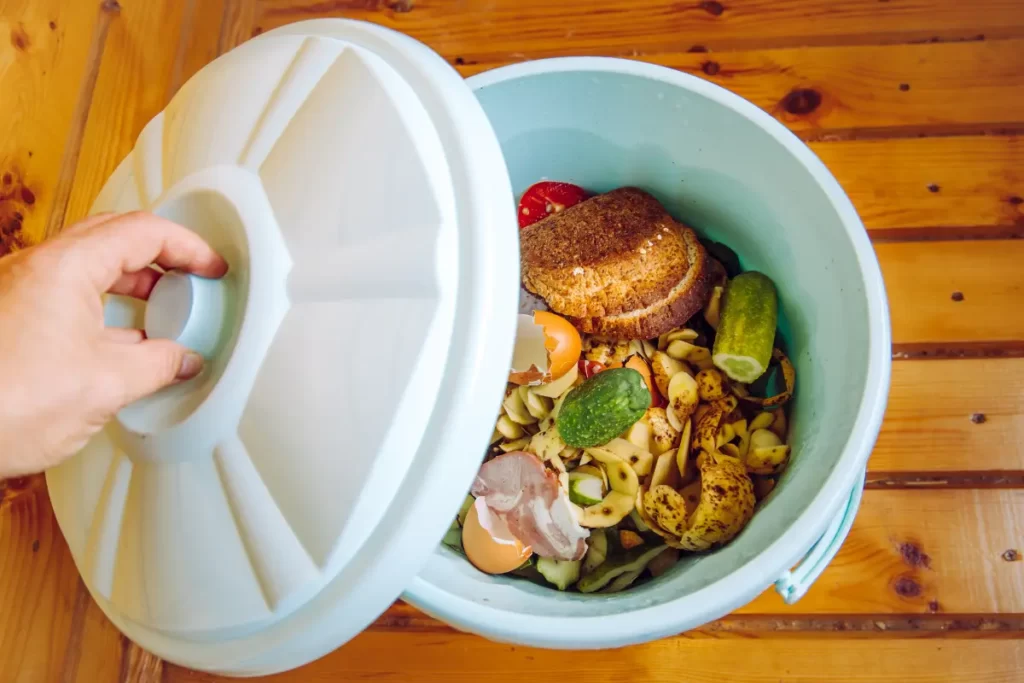
The dustbin is the main attraction of rats and mice that lures them to the kitchen or food sources. They have sensitive olfactory receptors, and through that, they can effortlessly locate the food.
Leaving your dustbins open and near your kitchen or food storage will attract rats and mice.
Soon after the inspection of dustbins, they can move inside your food stores, causing all the troubles. Therefore, throw the trash in sealed plastic bags and use heavy metal lid bins.
Repellents
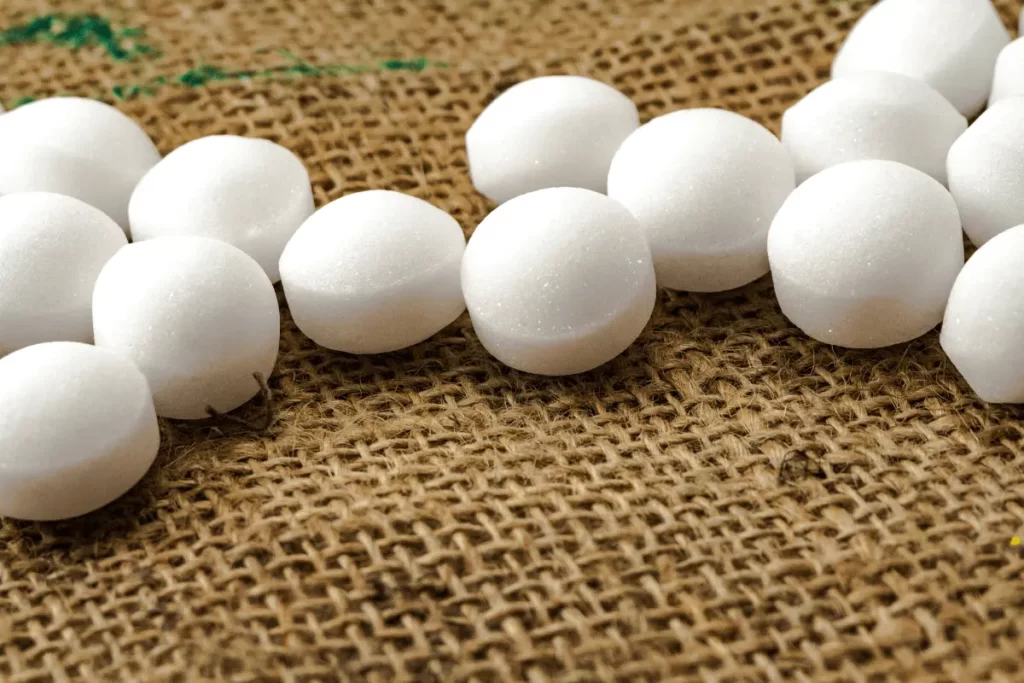
There are many rats and mice repellents available on the market. You can use chemical sprays to keep the rats away or use good old fashion tricks to keep them away.
Certain plants, for example, onion, tomatoes, lavender, eucalyptus, oregano, garlic, and pepper, can get rid of the rats.
You can also use pepper or garlic spray. Simple mesh pepper, and add water to it. Spray it around the kitchen or stores.
Poison And Glue Boards
The most effective way to remove the rats and mice is using poison or glue boards.
You can place mothballs in the kitchen, but this can lead to the danger of getting mixed in food supplies.
Therefore, you can make homemade rat and mice poison. Mix baking soda, flour, and Cocca powder or peanut butter, and place this mixture across the kitchen. It will cause painful death, and it can die within hours to days.
The other popular method is using glue boards. Place the boards near the pantry at fifteen feet distance between them. This process will kill the rats and mice frequently visiting your building.
Conclusion
Rats and mice are big eaters. They can eat anything they find. The kitchen at your home or at the workplace is the source of attraction for them, especially the pantry or other food storage areas.
They enjoy eating flour and grain more than other food items, whether in raw form or processed form, such as cookies, cake, and bread.
It is necessary to get rid of rats and mice from your flour storage as they can spread the poison. You have to throw it away. Read the methods mentioned above in the article to prevent rat invasion in your pantry.
